#physiology
Text

Human brain. First book in physiology. 1883.
Internet Archive
673 notes
·
View notes
Text
Venting when angry seems sensible. Conventional wisdom suggests expressing anger can help us quell it, like releasing steam from a pressure cooker.
But this common metaphor is misleading, according to a new meta-analytic review. Researchers at Ohio State University analyzed 154 studies on anger, finding little evidence that venting helps. In some cases, it could increase anger.
"I think it's really important to bust the myth that if you're angry you should blow off steam – get it off your chest," says senior author Brad Bushman, a communication scientist. "Venting anger might sound like a good idea, but there's not a shred of scientific evidence to support catharsis theory."
Continue Reading.
221 notes
·
View notes
Text
My Physiology teacher made my class go back in time, to the Paleozoic era, and we had to transform into animals to discover their everyday lives. I was a rat and had to eat earthworms the size of a garden hose. Then we went back to the present and had to rate our experience out of 20. I wrote 🤡/20.
#dream#text#February 4th 2024#physiology#teacher#school#time travel#paleozoic#body horror#horror#nightmare#eating#queueueueueueueueueueueueueue
335 notes
·
View notes
Text

Fritz Kahn (1888-1968), ''O Corpo Humano'' (The Human Body), Vol. 1, 1940
Source
213 notes
·
View notes
Text
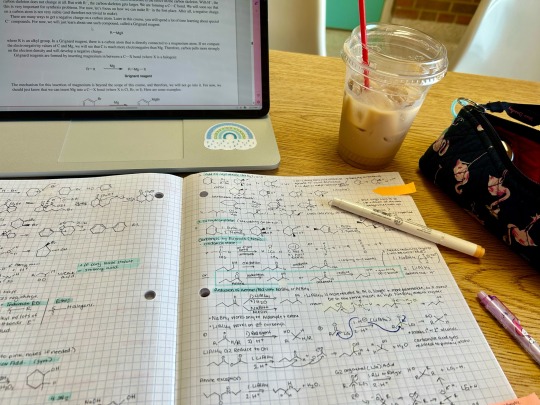
Just finished a hellish week in my life studying for 2 quizzes and 1 exam. I think that one of the worst feelings in the world is studying until you drop, then finding out you got points off on a quiz because of a silly mistake.
Point is: I need to sleep more 😭

#premed#college#academia aesthetic#academia#study motivation#college advice#physiology#study#studyblr#university#student life#chemistry
205 notes
·
View notes
Text

this is so deeply unsettling
131 notes
·
View notes
Text
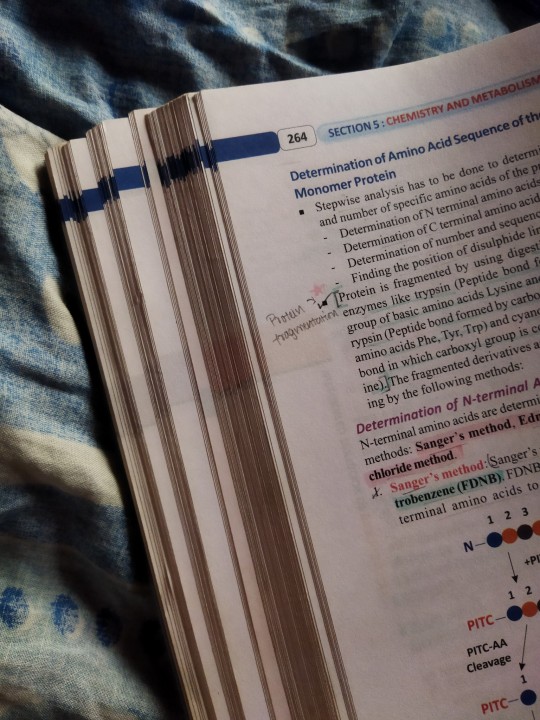
08.04.2024 // 07.00 am physio hons final paper soon 🧠🫀🫁🩸🦠🧬🧫👩🏻🔬
#100 days of productivity#aesthetic#new studyblr#study aesthetic#studying#study blog#study hard#study#study motivation#science#physiology#stress#stressed#studystudystudy#study blr#med student#medical student#student life#student#college studyblr#college life#college#finals#studyinspo#study inspo#study in india#study study study#study space#study session#exams
49 notes
·
View notes
Text
🧪The sodium-potassium pump🧬
Greetings, Tumblr community! 🧠💡 Let's engage in a comprehensive exploration of the sodium-potassium pump, dissecting its molecular intricacies and elucidating its critical role in cellular homeostasis.
Introduction:
The sodium-potassium pump, residing within the cellular membrane, is an adenosine triphosphate (ATP)-dependent transmembrane protein pivotal for maintaining ionic balance. Its primary function is to actively transport three sodium ions out of the cell while concurrently importing two potassium ions.
Functional Mechanism:
In terms of mechanistic precision, the sodium-potassium pump operates as an ATPase enzyme, utilizing the energy derived from ATP hydrolysis. This primary active transport process involves sequential conformational changes within the pump's structure.
The process commences with the binding of intracellular sodium ions to high-affinity sites on the pump. Subsequent phosphorylation, facilitated by ATP, induces conformational alterations that render the pump receptive to extracellular potassium ions. This triggers dephosphorylation, allowing potassium ions to be released intracellularly.
This orchestrated ion exchange serves to uphold the electrochemical gradient across the cellular membrane, establishing and preserving the resting membrane potential. In essence, the sodium-potassium pump is the architect of the delicate balance between sodium and potassium concentrations.
Physiological Significance:
The physiological ramifications of this meticulous ion transport extend to neuronal excitability and osmoregulation. By contributing to the establishment of the resting membrane potential, the pump plays a pivotal role in regulating action potentials and facilitating the propagation of nerve impulses.
Additionally, the pump actively participates in cellular volume control through osmoregulation. Its influence on water movement prevents cellular swelling or shrinkage, underscoring its significance in maintaining cellular integrity.
For those seeking empirical validation, consider consulting the following authoritative sources:
1. **Alberts B, Johnson A, Lewis J, et al.** Molecular Biology of the Cell. 4th edition. New York: Garland Science; 2002. Section 11.3, The Plasma Membrane.
2. **Nelson DL, Cox MM.** Lehninger Principles of Biochemistry. 7th edition. New York: W.H. Freeman; 2017. Chapter 11, Active Transport and the Cytoskeleton.
3. **Lodish H, Berk A, Zipursky SL, et al.** Molecular Cell Biology. 4th edition. New York: W. H. Freeman; 2000. Section 15.1, The Transport of Small Molecules Across Membranes.
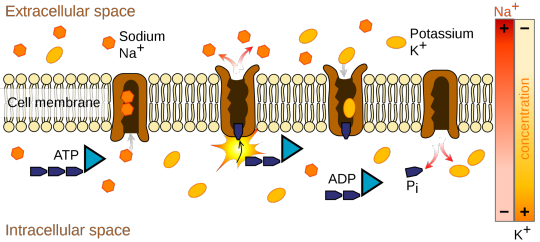
Immerse yourself in the scientific intricacies of cellular dynamics with these foundational resources! 📚✨
#science#biology#college#education#school#student#medicine#doctors#health#healthcare#nursing#nurses#nurselife#human physiology#physiology
137 notes
·
View notes
Text
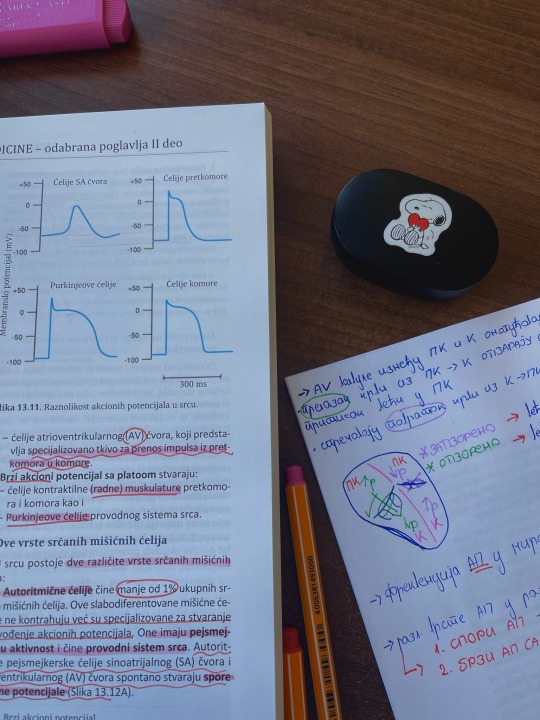

saturday morning study in the library ✨
#study#study space#medicine#study aesthetic#study motivation#studyspo#studyblr#study notes#study blog#physiology#heartbeat
65 notes
·
View notes
Text
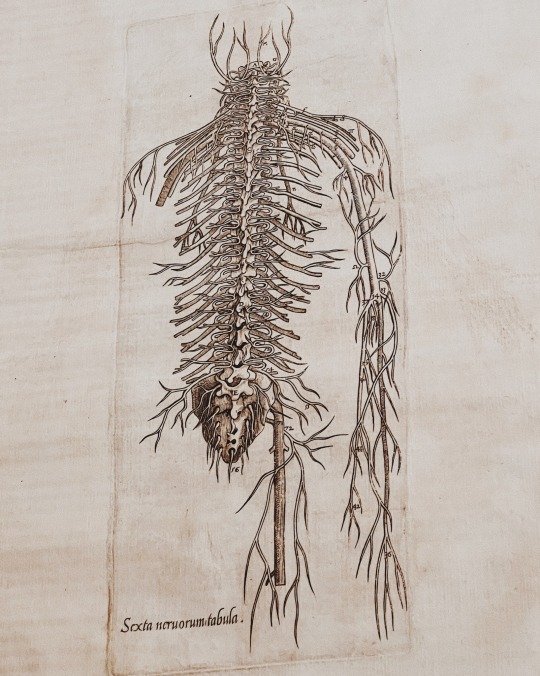

nervous // rare books at the NYPL xx
#old books#rare books#anatomy#anatomical illustration#scientific illustration#nervous system#biology#physiology#nypl#new york public library#my photos#dark academia#dark academia aesthetic#science#science history#mine#queue
206 notes
·
View notes
Link
This is a fun little science article from 2017 but I want to know where they got that kickass header artwork and I want to see it in higher resolution >:(
297 notes
·
View notes
Text

Internal organs. Library of health. 1921.
Internet Archive
#medical illustration#internal organs#lungs#liver#section#heart#stomach#circulatory system#physiology#1921#1920s
605 notes
·
View notes
Text
Scientists have discovered a 'secret passageway' in mice that connects the brain to the body's lymphatic system.
The network of vessels appears to form an overlooked brain drainage system that plays a crucial role in maintaining the health and function of the central nervous system.
If the findings extend to humans, it could fundamentally change how scientists understand the circulation of fluid that bathes the brain and spinal cord.
Continue Reading.
90 notes
·
View notes
Quote
Touch is the sensory mode which integrates our experiences of the world and of ourselves. Even visual perceptions are fused and integrated into the haptic continuum of the self; my body remembers who I am and how I am located in the world. My body is truly the navel of my world, not in the sense of the viewing point of the central perspective, but as the very locus of reference, memory, imagination and integration. All the senses, including vision, are extensions of the tactile sense; the senses are specialisations of skin tissue, and all sensory experiences are modes of touching, and thus related to tactility. Our contact with the world takes place at the boundary line of the self through specialised parts of our enveloping membrane.
Juhani Pallasmaa, The Eyes of the Skin: Architecture and the Senses
#quote#Juhani Pallasmaa#Pallasmaa#architecture#architectural theory#physiology#sense perception#perception#imagination#human body#sensory#experience#The Eyes of the Skin#memory#biology#observation#seeing#haptic#touch
179 notes
·
View notes
Text
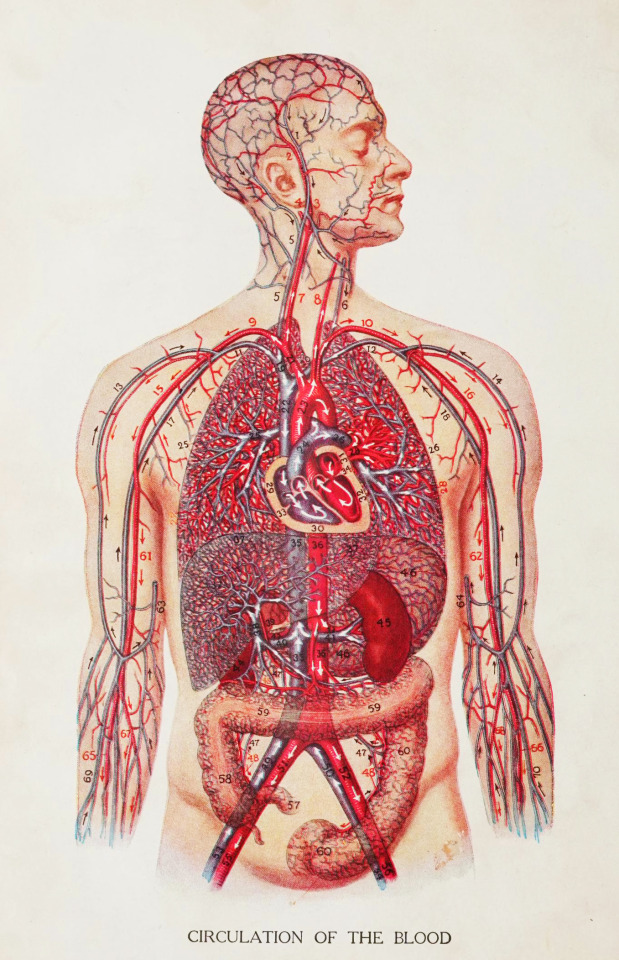
'Circulation of the Blood', ''The Home and School Reference Work'', Vol. 2, 1923
Source
#The Home and School Reference Work#Circulation of the Blood#physiology#medical diagrams#pov a vampire looking at a potential meal
94 notes
·
View notes
Text

I often dream of being a math/physics girlie ✨
(cries in limited time+she’s doing chemistry but it’s the aesthetic that matters 😭)
Source: pinterest
#college#university#study motivation#dark academic aesthetic#chaotic academic aesthetic#academic validation#premed#study#college advice#physiology#student life#studyblr#academia aesthetic
150 notes
·
View notes